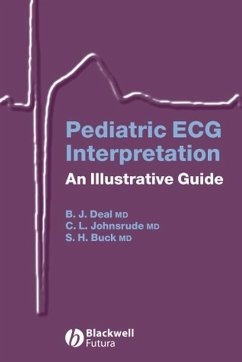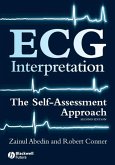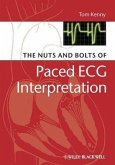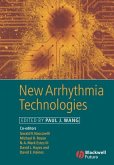Pattern recognition is an important learning tool in the interpretation of ECGs. Unfortunately, until faced with a patient with an arrhythmia or structural heart disease, pediatric practitioners generally receive limited exposure to ECGs. The ability to clearly distinguish an abnormal ECG pattern from a normal variant in an emergency situation is an essential skill, but one that many pediatricians feel ill-prepared to utilize confidently. In Pediatric ECG Interpretation: An Illustrative Guide, Drs. Deal, Johnsrude and Buck aim to address this issue by illustrating many of the ECG patterns a pediatric practitioner is likely to encounter. ECG illustrations with interpretations are presented in several categories: normal children of all ages, acquired abnormalities such as hypertrophy or electrolyte disorders, and common congenital heart disease lesions. Later sections cover bradycardia, supraventricular and ventricular arrhythmias, and a basic section on pacemaker ECGs. Simple techniques used to interpret mechanisms of arrhythmias are described as a resource for practitioners in cardiology, adult electrophysiology, or pediatrics who may not have a readily accessible resource for these ECG examples. Material hosted at http://wiley.mpstechnologies.com/wiley/BOBContent/searchLPBobContent.do can be used: 1 as a self-evaluation tool for interpretation of ECGs 2 as a teaching reference for Cardiology fellows, residents, and house staff 3 as an invaluable resource for the Emergency Room physician or pediatrician who might obtain an ECG on a pediatric patient
Dieser Download kann aus rechtlichen Gründen nur mit Rechnungsadresse in A, B, BG, CY, CZ, D, DK, EW, E, FIN, F, GR, HR, H, IRL, I, LT, L, LR, M, NL, PL, P, R, S, SLO, SK ausgeliefert werden.









